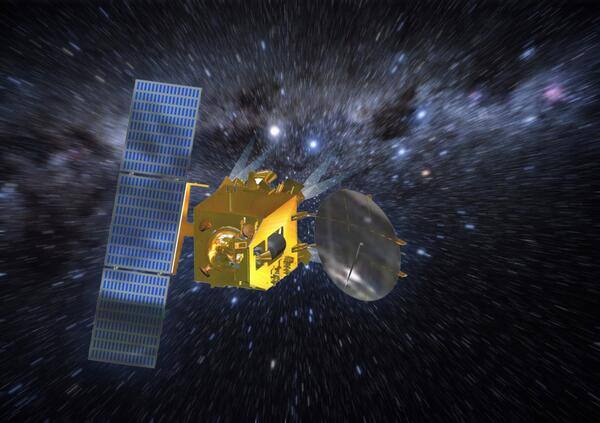Mangalyaan is minutes away from being inserted into the gravitational orbit of Mars, and Isro is confident after the test firing of the space craft’s main liquid engine was a success on Monday. At 2.30 pm on Monday, the orbiter ‘woke up’ its Liquid Apogee Motor (LAM) engine for 4 seconds. The engine had been dormant for 300 days since December last year. Its successful firing indicated that the engine will function on Wednesday for the orbit insertion.
Test Firing of Liquid Engine: Guided by wisdom, Executed by youth pic.twitter.com/iITmbH6drH
— ISRO (@isro) September 22, 2014
#MarsOrbiter Main Liquid Engine test firing successful! pic.twitter.com/NDhL9vVWRs
— ISRO (@isro) September 22, 2014
According to Isro, what this means is that the engine can be now put into action along with eight thrusters to slow down the craft, so that it can be injected into a safe orbit around Mars. On Wednesday the engines will be fired for about 24 minutes to slow down the orbiter. [caption id=“attachment_1725691” align=“alignleft” width=“380”]  Just a day to go![/caption] Now that the engines have been tested, the Mangalyaan craft is pretty much be on its own. Isro says that the radio link between Mangalyaan and the ground mission will be blocked by Mars, which means that the craft will have to execute commands autonomously. The commands were uploaded by Isro on 14 and 15 September. Isro’s operation will begin at 7 am on Wednesday, and the engine will be fired at 7:17:32 am for 1,454 seconds. The targeted arrival altitude is 515 km above the surface of Mars. If successful, then India will be the first country to successfully launch a Mars mission on its first go and the first country in Asia to successfully reach Mars. It will also be only the fourth country after US, Russia and Europe to reach the Red planet. In an earlier interview with NDTV, Isro Chairman K Radhakrishnan said that while Mangalyaan hurtled towards the red planet, the Isro team was firmly ‘down to earth’. “They are down to earth looking at all possibilities of something not happening according to expectations and getting all contingencies in place”, he told the channel. Once in orbit, the craft’s five payloads will take pictures and collect data for the next six months. Take a look at them here:
Mars orbiter mission- Payloads

)

)
)
)
)
)
)
)
)



